Prepare to be mesmerised by the beautiful land of Lakes and Legends! GoGo Travel is taking its’ readers and avid travellers to Uvs province. The province is famous for its’ Lakes as being situated in the Great Lakes Depression in the western Mongolia. And Uvs is also home of many renowned Mongolian wrestlers and Olympic medalists, and Uvs locals call them the Legends. Locals of Uvs take pride in their heredity of Oirat Confederation (Durvun Oirad) – one of the most powerful khanates of 15-16th century in the Central Asia. Uvs province is named after Mongolia’s largest lake Uvs.
Uvs province borders with Khovd, Zavkhan and Bayan-Ulgii provinces, along with Russia in the north. And the territory is a picturesque combination of snow capped mountains, crystal clear waters, and even large sand dunes at some parts. The the highest point is Mt. Tsagaan Deglii at 4250m above sea level. Ulaangom is the centre of Uvs province and is 1400km from Ulaanbaatar. The population of Uvs is about 75000, an estimated 40% are nomadic herders; ethnic groups such as Durvud (40%), Bayad (35%), Khoton (9%), and Khalkha (15%) live in Uvs – many of the ethnic groups speak their own special dialects of Mongolian language. And the most famous people from modern Uvs include: Tsedenbal Yumjaa – Chairman of Mongolian People’s Revolutionary Party; Duudei and Givaan – Hero of the Nation; Sanjjav, Tumendemberel and 5 others – Hero of Labour; Altankhuyag Norov – prime minister of Mongolia; Bayanmunkh Khorloo – Champion of National wrestling and Olympic silver medalist, to name just a few.
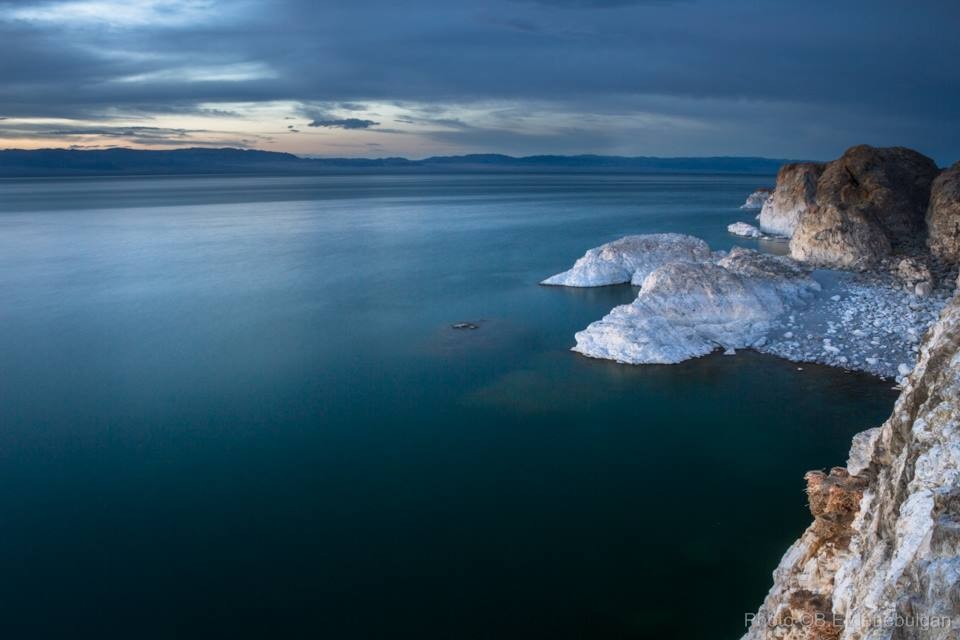

UNESCO world heritage site “Uvs Nuur (Lake) Basin” is in this province: Uvs Nuur Basin (1,068,853 ha), is the northernmost of the enclosed basins of Central Asia. It takes its name from Uvs Nuur Lake, a large, shallow and very saline lake, important for migrating birds, waterfowl and seabirds. The site is made up of 12 protected areas representing the major biomes of eastern Eurasia. The steppe ecosystem supports a rich diversity of birds and the desert is home to a number of rare gerbil, jerboas and the marbled polecat. The mountains are an important refuge for the globally endangered snow leopard (Tsookhor irves), mountain sheep (Argali) and the Asiatic ibex (Yangir). The ancient lake basin and its surroundings boast an extraordinary landscape diversity ranging from cold desert to desert-steppe and steppe, conifer, deciduous and floodplain forests to diverse wetlands and marshlands, freshwater and saltwater systems, mobile and fixed sand dunes and even tundra. The property includes peaks up to some 4000 m, towering high above Lake Uvs Nuur at around 800 m. The area also contains remnant glaciers from Pleistocene ice sheets and numerous glacial lakes, and is of particular scientific significance for studying the evolution from the Ice Age to present-day conditions. Reflecting the landscape diversity, there is a rich species diversity which includes locally endemic plants and endangered species like the snow leopard. The entire basin has never been subjected to large-scale resource exploitation and has a longstanding and ongoing history of mobile pastoralism. The historical, cultural and spiritual importance of the landscape and many of its features are reflected in countless artefacts and archaeological sites and in the contemporary life, knowledge, resource use, songs and legends of local and indigenous communities.
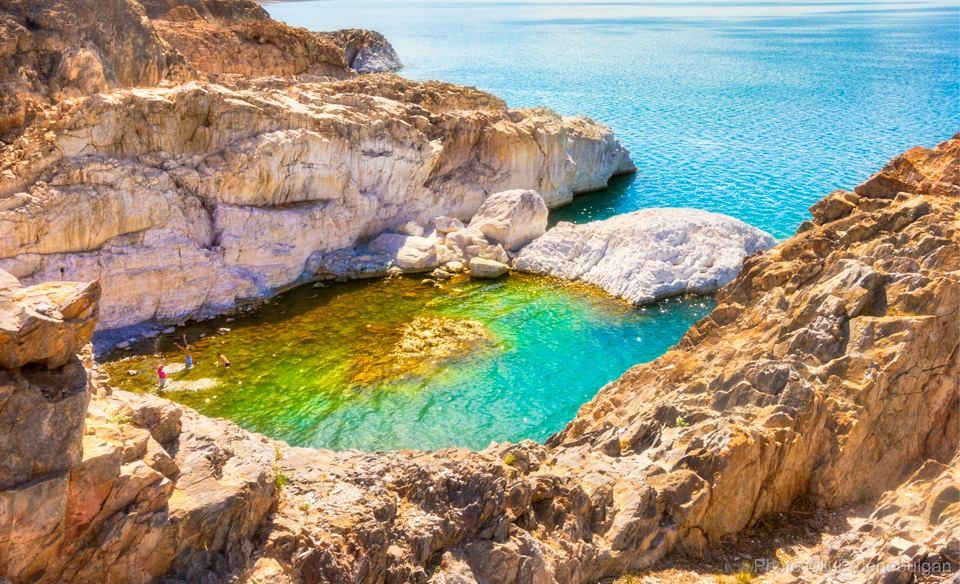

There are many notable places to visit besides Lake Uvs, starting from lakes Khyargas, Airag, Achit, Uureg (these Lakes are great spots for bird watchers), and rivers Tes, Khovd, Kharkhiraa, Turgen and mountains such as Kharkhiraa, Turgen and Khan Khukhii. Uvs province contains some of the most important historical sites in Mongolia: Mt. Chandmani, and is a home to about 100 balbal (man stones), 21 groups of petroglyphs, hundreds of ancient rock inscriptions and burial mounds to please history lovers.
Moreover, enjoying a homestay at a local family is a great travel experience in Uvs for travellers can experience lifestyles of various ethnic groups. Also Uvs province offers some excellent adventure travels besides culture experiencing, such as mountain climbing in the snow capped mountains of Kharkhiraa, Turgen and Khan-Khukhii, horse riding in all areas of the province, rafting and fishing on the rivers such as Khovd, Kharkhiraa etc.
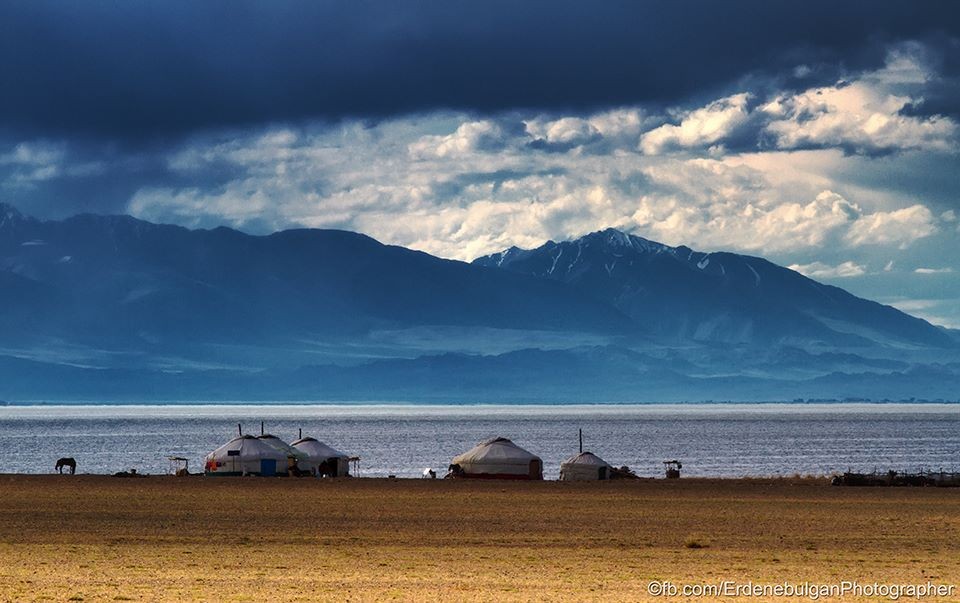
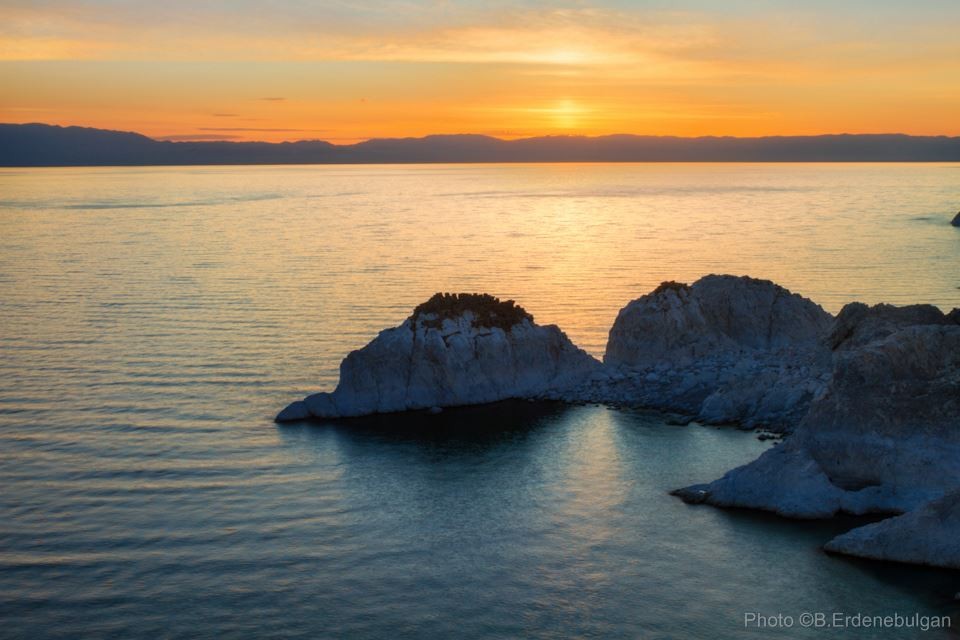
PLACES TO VISIT: Kharkhiraa-Turgen Mountains & Valley, The Great Lakes, Uvs Nuur Basin, Altan Els sand dunes, Khan Khukhii Mountains, Goojuur Waterfalls to name a few.
NOTABLE EVENTS: Ulaangom Naadam is usually on 10-11 July annually with soum Naadams taking place in the first half of July; Oirat Cultural Festival is in August (please enquire Mongolian travel companies for exact event dates).
BEST TIME TO VISIT: We’d recommend travellers visit to Uvs province in milder months from May till the middle of October.
HOW TO GET THERE: Both AeroMongolia and Hunnu Airways have flights to Ulaangom, almost everyday. If you drive it takes a few days to reach Uvs (the road partially paved).
WHERE TO STAY: there are several hotels in Ulaangom town, and a motel or two (mostly with no running water facilities) in most soums. There are a number of tourist Ger camps across the province: Khetsuu Khad, Ontsiin Tasarkhai, Khar Termes, Uvs Nuur and so on.
For a wonderful Uvs tours and travel experiences, please contact local Mongolian travel companies – some travel companies offer set group tours and some may tailor excellent tours especially for you and your loved ones.
These beautiful photos are courtesy of Erdenebulgan Travel Photography. Thank you for your cooperation!

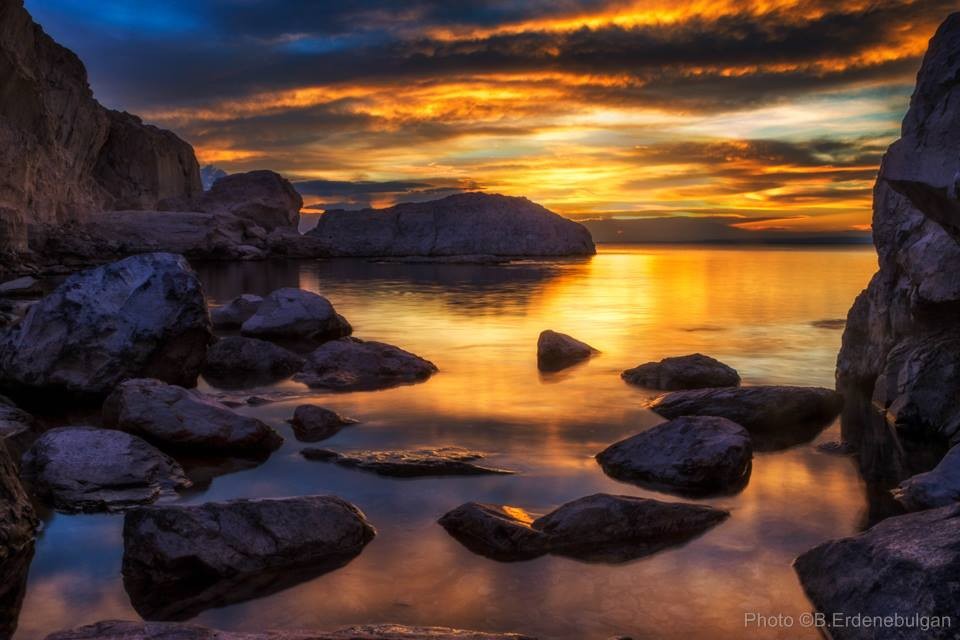
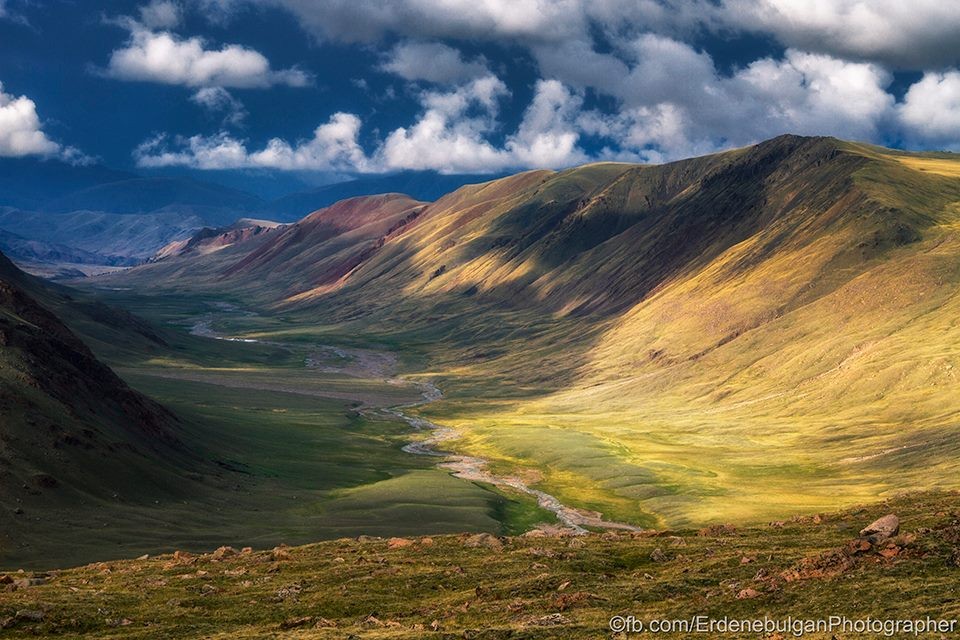
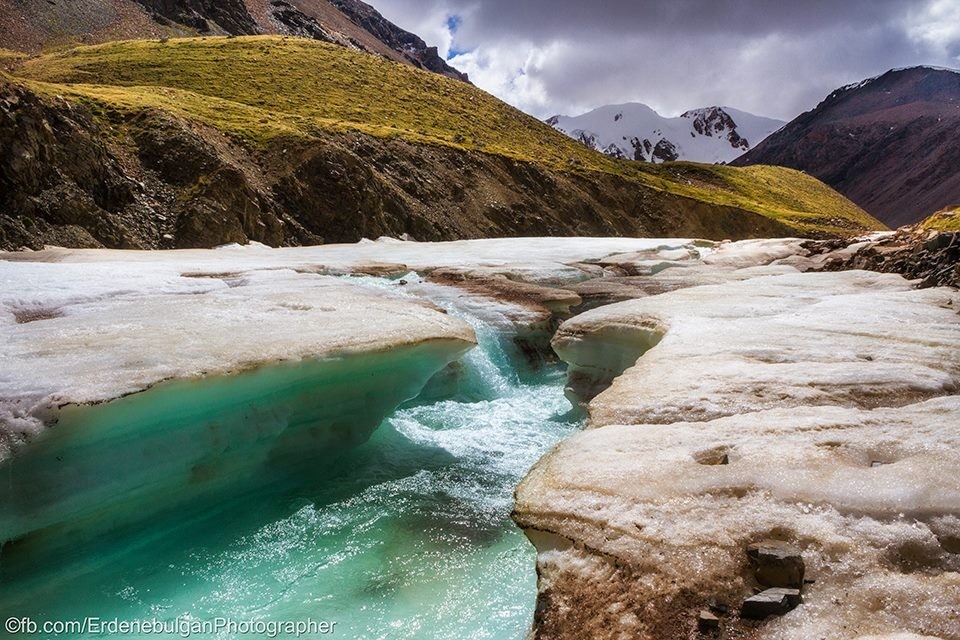
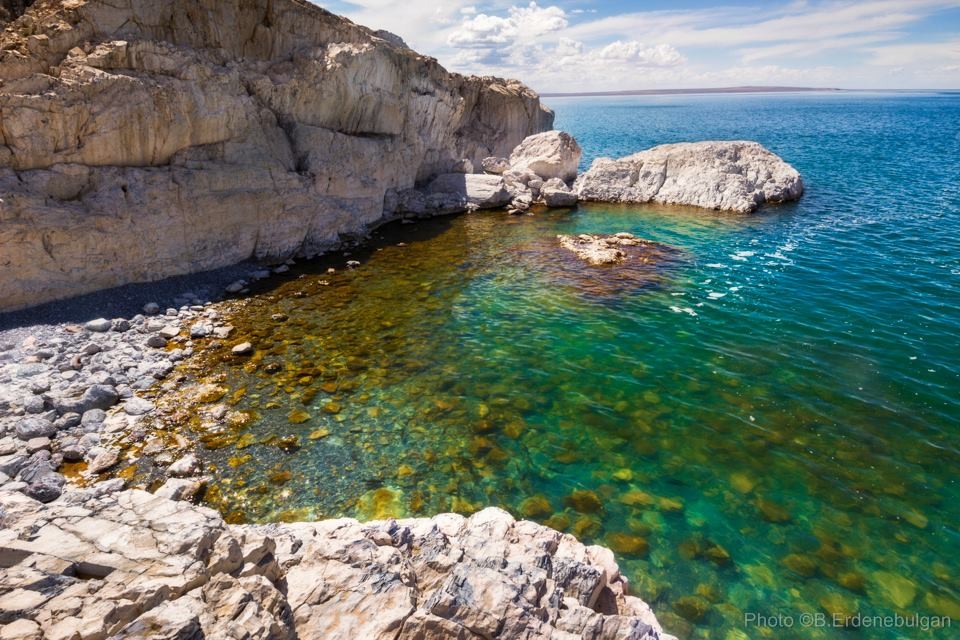

 Prepared exclusively for GoGo Travel by Zola
Prepared exclusively for GoGo Travel by Zola
(Co-founder of Premium Travel Mongolia LLC.
www.mongoliatravelmarket.com)
Copyright © 2016. All rights reserved.
Prepare to be mesmerised by the beautiful land of Lakes and Legends! GoGo Travel is taking its’ readers and avid travellers to Uvs province. The province is famous for its’ Lakes as being situated in the Great Lakes Depression in the western Mongolia. And Uvs is also home of many renowned Mongolian wrestlers and Olympic medalists, and Uvs locals call them the Legends. Locals of Uvs take pride in their heredity of Oirat Confederation (Durvun Oirad) – one of the most powerful khanates of 15-16th century in the Central Asia. Uvs province is named after Mongolia’s largest lake Uvs.
Uvs province borders with Khovd, Zavkhan and Bayan-Ulgii provinces, along with Russia in the north. And the territory is a picturesque combination of snow capped mountains, crystal clear waters, and even large sand dunes at some parts. The the highest point is Mt. Tsagaan Deglii at 4250m above sea level. Ulaangom is the centre of Uvs province and is 1400km from Ulaanbaatar. The population of Uvs is about 75000, an estimated 40% are nomadic herders; ethnic groups such as Durvud (40%), Bayad (35%), Khoton (9%), and Khalkha (15%) live in Uvs – many of the ethnic groups speak their own special dialects of Mongolian language. And the most famous people from modern Uvs include: Tsedenbal Yumjaa – Chairman of Mongolian People’s Revolutionary Party; Duudei and Givaan – Hero of the Nation; Sanjjav, Tumendemberel and 5 others – Hero of Labour; Altankhuyag Norov – prime minister of Mongolia; Bayanmunkh Khorloo – Champion of National wrestling and Olympic silver medalist, to name just a few.


UNESCO world heritage site “Uvs Nuur (Lake) Basin” is in this province: Uvs Nuur Basin (1,068,853 ha), is the northernmost of the enclosed basins of Central Asia. It takes its name from Uvs Nuur Lake, a large, shallow and very saline lake, important for migrating birds, waterfowl and seabirds. The site is made up of 12 protected areas representing the major biomes of eastern Eurasia. The steppe ecosystem supports a rich diversity of birds and the desert is home to a number of rare gerbil, jerboas and the marbled polecat. The mountains are an important refuge for the globally endangered snow leopard (Tsookhor irves), mountain sheep (Argali) and the Asiatic ibex (Yangir). The ancient lake basin and its surroundings boast an extraordinary landscape diversity ranging from cold desert to desert-steppe and steppe, conifer, deciduous and floodplain forests to diverse wetlands and marshlands, freshwater and saltwater systems, mobile and fixed sand dunes and even tundra. The property includes peaks up to some 4000 m, towering high above Lake Uvs Nuur at around 800 m. The area also contains remnant glaciers from Pleistocene ice sheets and numerous glacial lakes, and is of particular scientific significance for studying the evolution from the Ice Age to present-day conditions. Reflecting the landscape diversity, there is a rich species diversity which includes locally endemic plants and endangered species like the snow leopard. The entire basin has never been subjected to large-scale resource exploitation and has a longstanding and ongoing history of mobile pastoralism. The historical, cultural and spiritual importance of the landscape and many of its features are reflected in countless artefacts and archaeological sites and in the contemporary life, knowledge, resource use, songs and legends of local and indigenous communities.


There are many notable places to visit besides Lake Uvs, starting from lakes Khyargas, Airag, Achit, Uureg (these Lakes are great spots for bird watchers), and rivers Tes, Khovd, Kharkhiraa, Turgen and mountains such as Kharkhiraa, Turgen and Khan Khukhii. Uvs province contains some of the most important historical sites in Mongolia: Mt. Chandmani, and is a home to about 100 balbal (man stones), 21 groups of petroglyphs, hundreds of ancient rock inscriptions and burial mounds to please history lovers.
Moreover, enjoying a homestay at a local family is a great travel experience in Uvs for travellers can experience lifestyles of various ethnic groups. Also Uvs province offers some excellent adventure travels besides culture experiencing, such as mountain climbing in the snow capped mountains of Kharkhiraa, Turgen and Khan-Khukhii, horse riding in all areas of the province, rafting and fishing on the rivers such as Khovd, Kharkhiraa etc.


PLACES TO VISIT: Kharkhiraa-Turgen Mountains & Valley, The Great Lakes, Uvs Nuur Basin, Altan Els sand dunes, Khan Khukhii Mountains, Goojuur Waterfalls to name a few.
NOTABLE EVENTS: Ulaangom Naadam is usually on 10-11 July annually with soum Naadams taking place in the first half of July; Oirat Cultural Festival is in August (please enquire Mongolian travel companies for exact event dates).
BEST TIME TO VISIT: We’d recommend travellers visit to Uvs province in milder months from May till the middle of October.
HOW TO GET THERE: Both AeroMongolia and Hunnu Airways have flights to Ulaangom, almost everyday. If you drive it takes a few days to reach Uvs (the road partially paved).
WHERE TO STAY: there are several hotels in Ulaangom town, and a motel or two (mostly with no running water facilities) in most soums. There are a number of tourist Ger camps across the province: Khetsuu Khad, Ontsiin Tasarkhai, Khar Termes, Uvs Nuur and so on.
For a wonderful Uvs tours and travel experiences, please contact local Mongolian travel companies – some travel companies offer set group tours and some may tailor excellent tours especially for you and your loved ones.
These beautiful photos are courtesy of Erdenebulgan Travel Photography. Thank you for your cooperation!






 Prepared exclusively for GoGo Travel by Zola
Prepared exclusively for GoGo Travel by Zola
(Co-founder of Premium Travel Mongolia LLC.
www.mongoliatravelmarket.com)
Copyright © 2016. All rights reserved.

